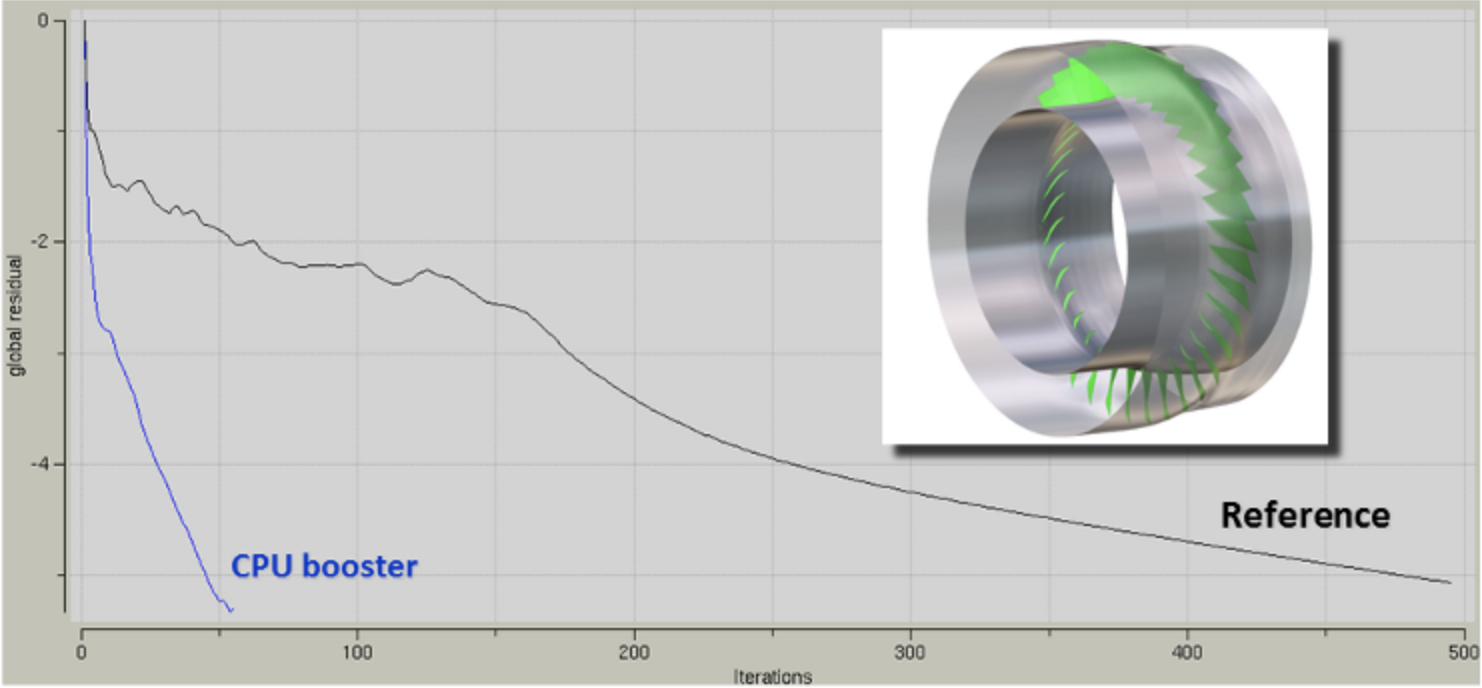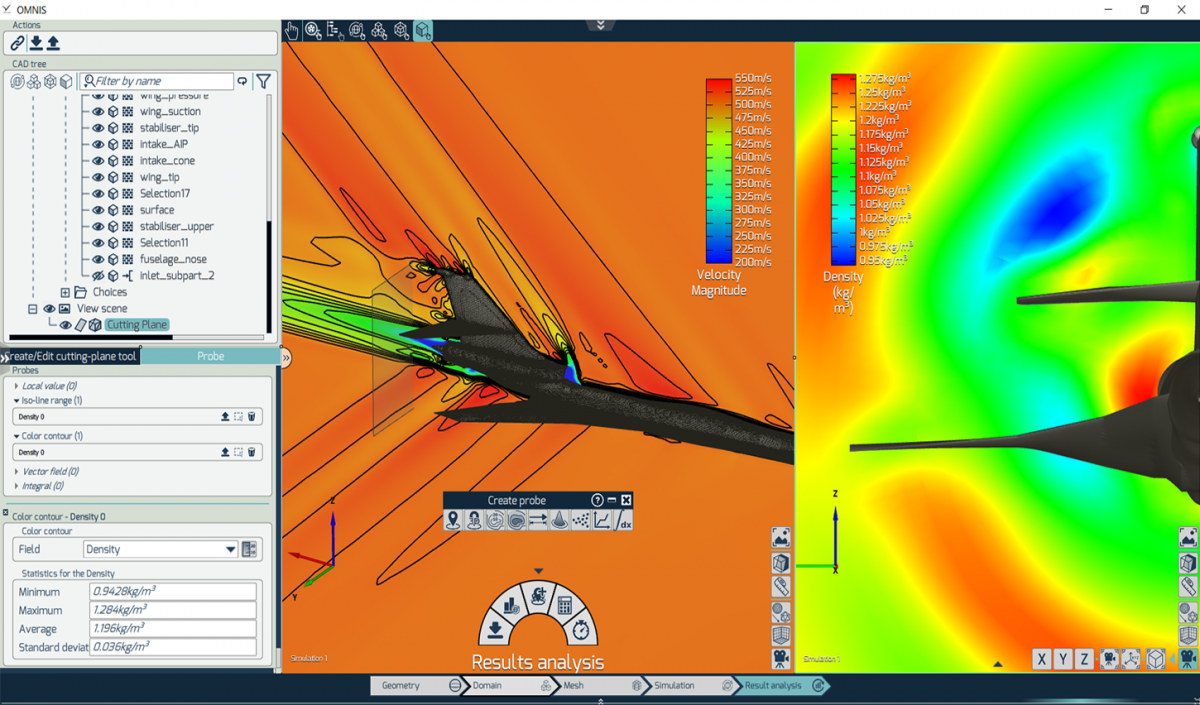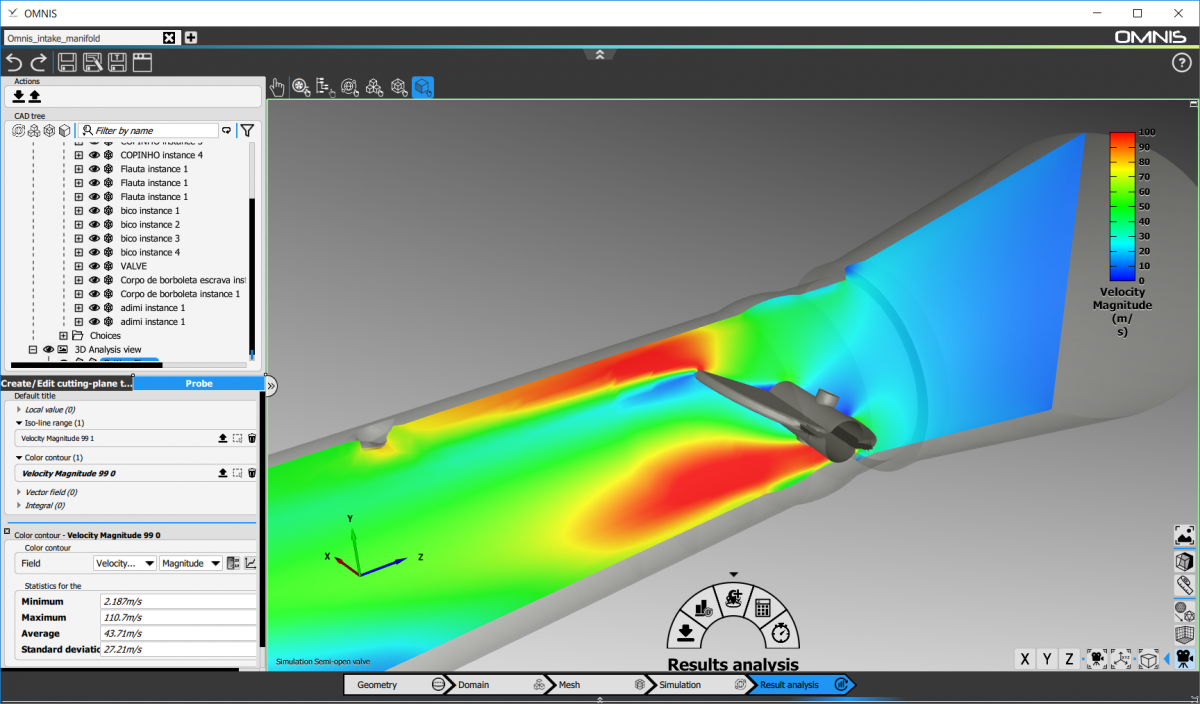
NUMECA is a CFD software and solution partner to the world’s major aerospace manufacturers and suppliers. The company has over 25 years’ experience in ensuring engineers can evaluate designs quickly and reliably.
Ranging from full simulation of external aerodynamics, flight envelope and engine/fuselage interaction with the impact of inlet distortion, to noise prediction and sonic boom calculation, our application-focused solutions provide automated workflows that enable engineers to access a robust design optimisation framework, increasing engineering productivity.
These dedicated aerospace solutions have recorded the fastest simulation technology on the market, 3 to 20 times certified, while also ensuring accurate results due to years of extensive validation.
NUMECA’s solutions are integrated within one single comprehensive software environment, meaning engineers can streamline their work while simultaneously reducing the software used, saving valuable dollars in the process.
Simulation and design solutions for airforce applications
Engineers who need to combine speed and accuracy for their virtual turbomachinery designs trust NUMECA’s OMNIS™/Turbo for their toughest challenges.
This unique simulation and design toolset encompasses a complete end-to-end solution: 1D to 3D, meshing, CFD, and optimisation, all in one single environment.
Configurations range from multi-stage axial to radial to mixed-flow configurations (compressors, turbines, pumps, fans, propellers or contra-rotating propellers).
Gain 3 orders of magnitude in solving speed for unsteady simulation: With the Non-Linear Harmonic method, users can solve transient behavior 100x faster, capturing factors such as clocking, blade row interactions, tonal noise, and inlet distortion.
This innovative technique processes the unsteady flow field by means of the Fourier decomposition of the periodic fluctuations, based on a pre-selected number of harmonics typically associated with the blade passing frequencies and their multiples.
Users select the frequencies and as many rotor-stator interactions required for their analysis.
In order to meet the future requirements of aircraft engines in terms of low emissions, high reliability and efficiency, a novel highly efficient fully-coupled RANS-based approach has been developed, enabling the simulation of a full aero-engine within a single code.
One of the advantages of a fully coupled approach over a component-by-component approach is that the boundary conditions at the interfaces do not need to be guessed. A Smart Interface methodology ensures a direct coupling between engine components, enabling the CFD models to vary between each component within the same CFD code.
The OMNIS™/Turbo CFD solution is optimised for efficiency by scaling linearly on thousands of CPU cores, as well as on GPU (the latter provides a 2.4 times speed-up vs CPU). Combined with our patented CPUBooster™ technology, a unique convergence acceleration technique, computation time is reduced even further by a factor 3-5.
Advanced solutions for external aerodynamics
Multiphysics problems require a variety of advanced and flexible solutions. OMNIS™/Open-DBS with OpenLabs™ allows engineers to solve multi-phase, fluid, and species challenges with both the fastest technology on the market and a customisable interface that can be tailored to specific applications.
High-speed external flows can be a challenging endeavor, especially at transonic or supersonic to hypersonic speed. With the open solver and its density-based formulation, modeling flows that reach Mach numbers up to 20 for re-entry is a breeze. You can learn more about our best practices report on the sonic boom test case on our website in this dedicated theory guide.
Robust covergence for low-speed flows
OMNIS™/Open-PBS was launched from the exclusive joint-venture between NUMECA and coupledNumerics. The solution widens the range of applications with fast and robust convergence for low-speed and incompressible flows.
The simultaneous solution of momentum and continuity equations, with an implicit block coupling of pressure and velocity variables, means that the Open-PBS solver yields faster convergence compared to classical, loosely coupled, segregated pressure-based solvers.
This gain in convergence speed is accompanied by an improvement in numerical robustness for regimes ranging from low-speed to transonic and supersonic regimes.





